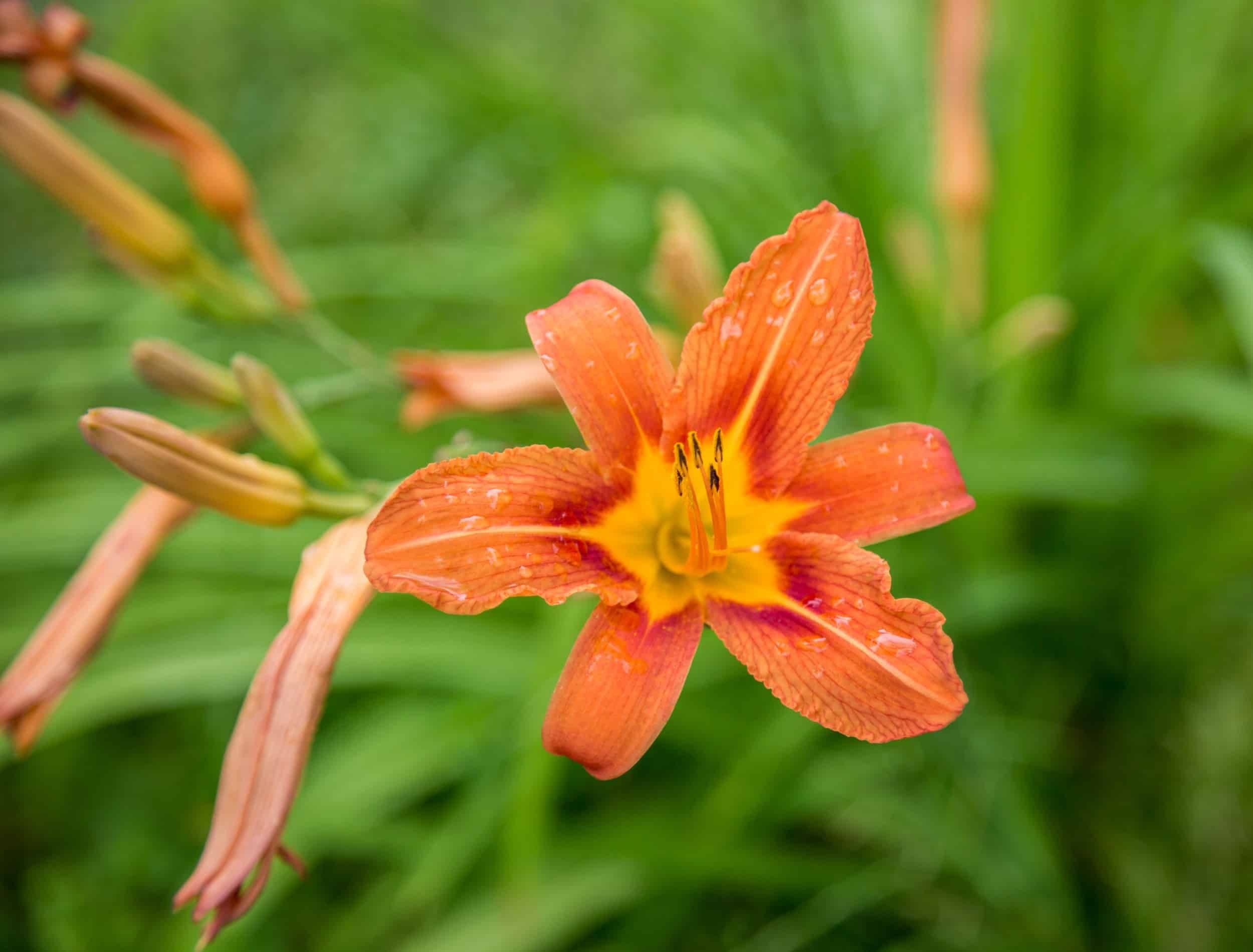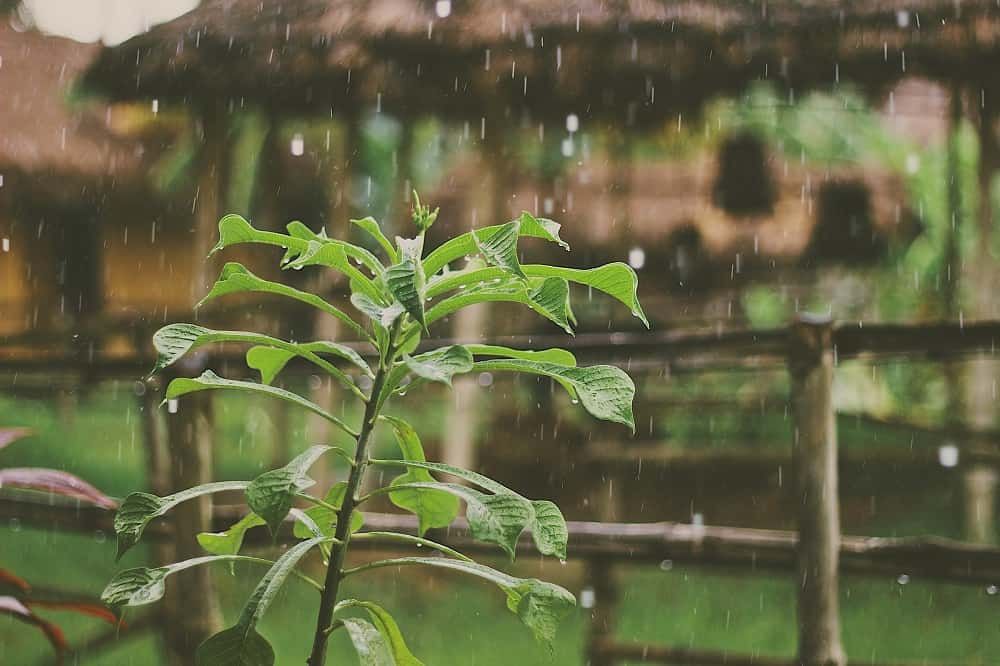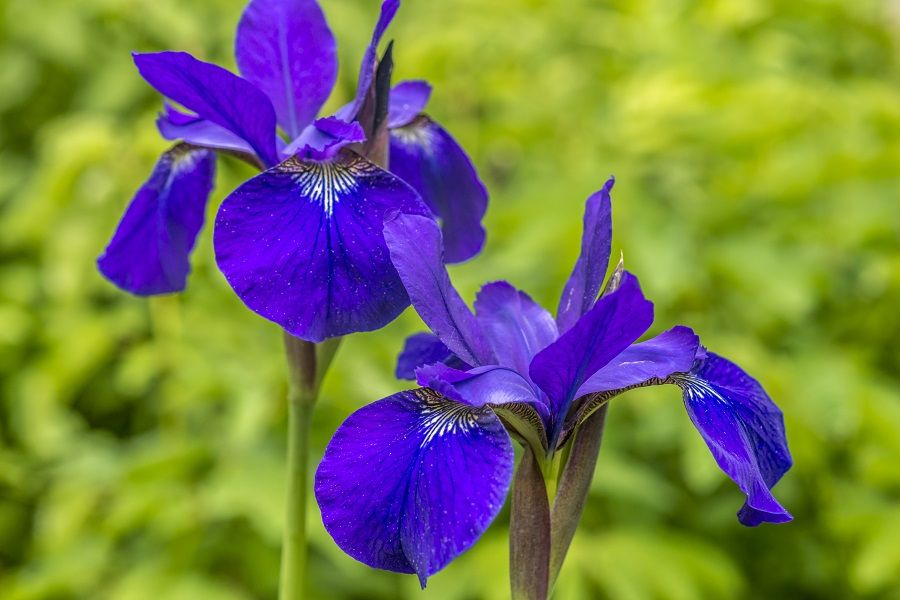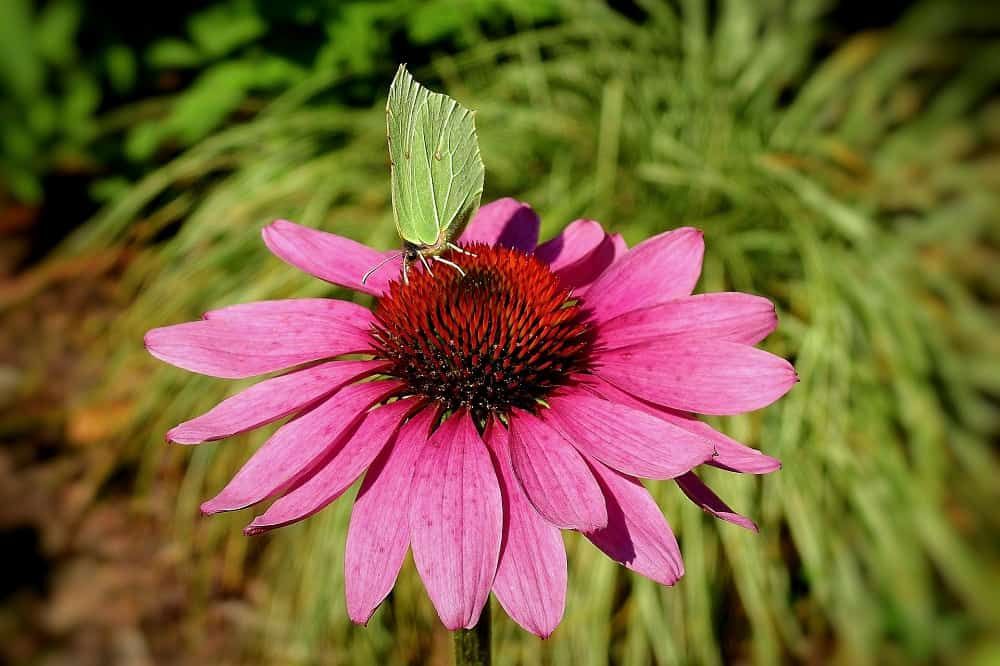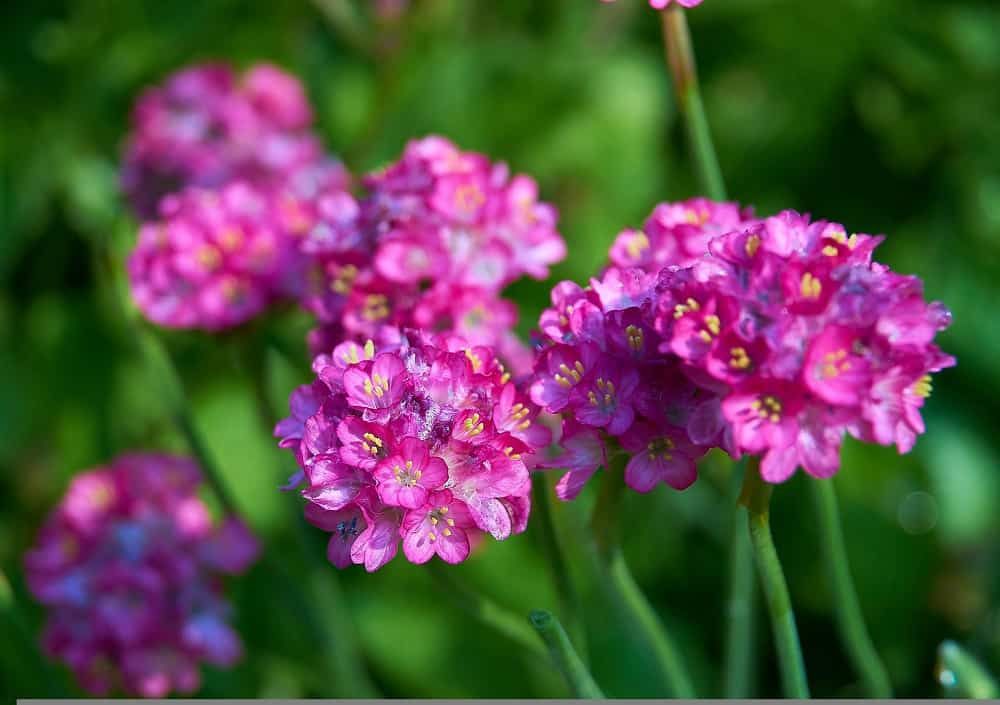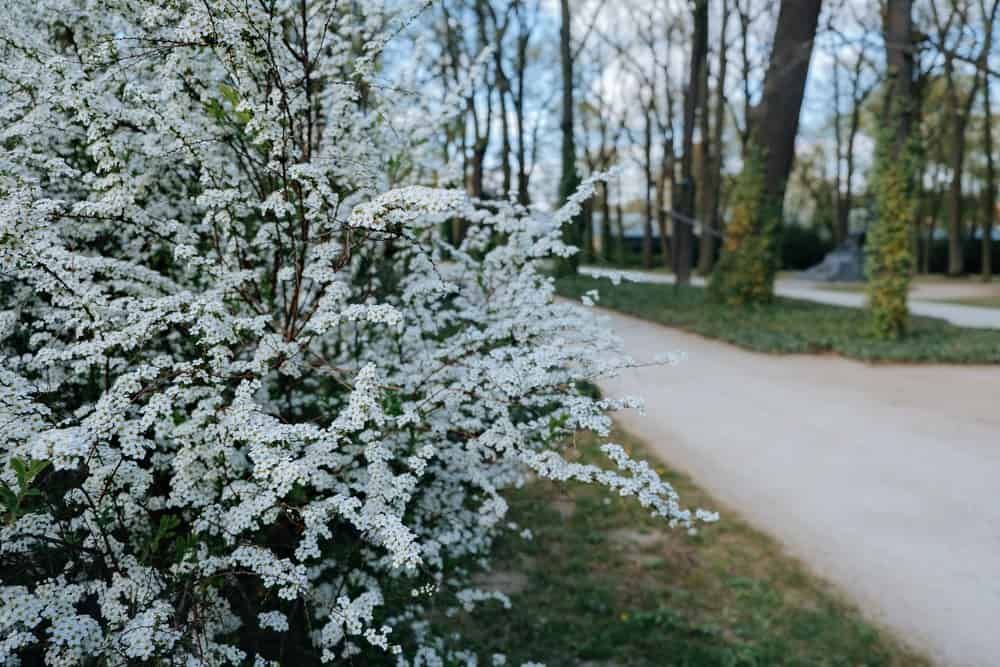No one likes a huge puddle of water drowning their nice lawn or nice garden. It's an eyesore! But, luckily for you, there are plants out there that can help reduce the amount of runoff in your garden.
While adding these plants to your landscape won't eliminate the need for proper drainage, it can certainly help! Here are some of our favorite plants that reduce runoff. Check them out and see if they're a good fit for your garden!
Why is Reducing Runoff Important?
Image credits: nameinfame via Canva
Runoff is the water that flows over your property after rain or melting snow. It can cause flooding, erosion, property damage, and water pollution.
There are several reasons reducing runoff is so important. For one, it helps prevent flooding. When there is too much runoff, it can overwhelm storm drains and even your garden.
Stopping runoff can also help prevent water pollution. Stormwater can pick up things like oil, fertilizer, and trash as it overflows, which pollutes our waterways.
Finally, lowering runoff prevents soil erosion. Erosion occurs when the top layer of soil is washed away by water. It can cause problems like landslides and sometimes sinking houses.
How Can You Reduce Runoff?
Image credits: Mike Kotsch
via Unsplash
There are a few things you can do to reduce runoff and save your crops from overwatering.
- Plant trees and vegetation: This will help absorb water and slow down the flow of runoff.
- Use rain barrels or cisterns: These can collect rainwater from your roof and save it for later use.
- Install permeable pavement: This type of pavement allows water to seep through, reducing the amount of runoff.
- Build a rain garden: A rain garden is a depression in your yard filled with plants. It collects runoff from your roof and allows it to soak into the ground. You can decorate it with natural flowers and perennials.
Plants That Reduce Runoff
Blue Flag Iris
Image credits: John A. Anderson via Shutterstock
If you're looking for a way to help reduce erosion, consider planting the blue flag iris (Iris versicolor). This wildflower is not only beautiful, but it's also great at reducing runoff because their roots prevent erosion.
The blue flag iris is a native plant to North America, and you can find it in wetland areas. This plant is easy to grow and does not require much maintenance.
In addition to reducing runoff, the blue flag iris can also be effective at filtering pollutants out of the water that it absorbs. The plant's roots act like a natural filter, trapping pollutants and keeping them out of our waterways.
Purple Coneflower
Image credits: erwin nowak via Pixabay
If you want to add a plant to your garden that does an amazing job at reducing runoff, check out the purple coneflower (Echinacea purpurea)! This tough and adaptable little plant is native to North America and grows in areas with full sun and well-drained soil (although it can, periodically, endure wet conditions.)
The purple coneflower gets its name from its large, purple flowers that bloom from July to September and is also great at absorbing water, which helps reduce flooding and water pollution.
Ditch Lily
Image credits: suesmith2 via Canva
Another great plant that can help you lower runoff is the ditch lily (Hemerocallis fulva). This hardy plant is native to North America, and you can find it in damp, marshy areas.
The plant is also used to help with water conservation and soil erosion. It comes in many colors, including white, orange, pink, and purple, and blooms in the summertime. The plant is easy to grow and does not require much maintenance. The ditch lily is a great addition to any garden or landscape. Please note, however, that the ditch lily is poisonous to cats.
Japanese Primrose
Image credits: experimentMR via Pixabay
The Japanese primrose (Primula japonica) is native to Japan and features delicate pink, purple, or white blooms. Japanese primroses are perfect for adding a touch of elegance to any garden, and they're also relatively easy to care for.
One of the benefits of planting Japanese primroses is that they can help decrease runoff. During the rain, water runs off hard surfaces like driveways and sidewalks, picking up pollutants along the way. This runoff can ultimately end up in our lakes and streams, polluting them. Plants like Japanese primroses help absorb some of this water, reducing runoff and helping to keep our waterways clean.
Meadowsweet
Image credits: Julia Filirovska via Pexels
While the Meadowsweet is most commonly found in meadows and fields, it can also be grown in your backyard. It is a shrub native to Europe. It has been introduced to North America and is located in some parts of the United States. The Meadowsweet is a member of the rose family, and its scientific name is Filipendula ulmaria. The plant grows from three to six feet tall and has white flowers that bloom in the summertime.
When rain falls on meadowsweet, the plant's roots help to hold the soil in place. It prevents erosion and keeps the water clean. Additionally, it helps to absorb excess water and stop flooding.
Rain Rain Go Away!
Runoff is one of the issues for gardeners, and it can be tough to find plants that help reduce the amount of water your landscape sheds. However, the plants included in this article can make a big difference in your garden.
Do you have any tips or tricks for dealing with runoff? Let us know in the comments below!

